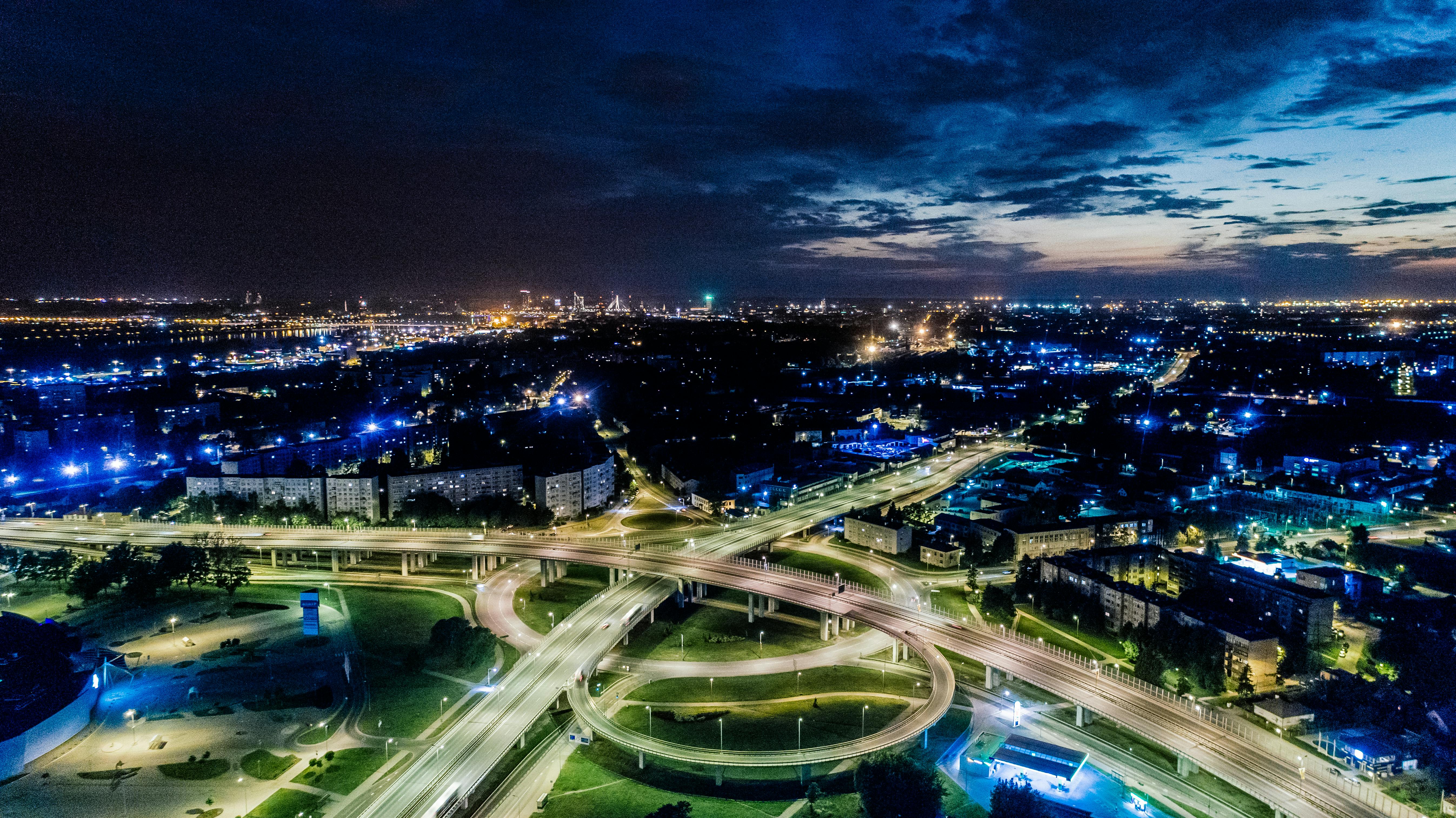Interior design is a multifaceted profession in which creative and technical solutions are applied within a structure to achieve an interior built environment. These solutions are functional, enhance the quality of life and culture of the occupants, and are aesthetically appealing.
Many factors come into play in formulating the design solution. There is the space itself, its dimensions and construction, with its potential and its limitations. There is how the space will be used: for work or leisure, entertainment or worship, healing or learning. There is the meaning of the space, what it means, whether it be power, authority, security, wisdom, achievement, fun or serenity. There are practical considerations such as ease of access, amount of light, acoustics, seating, and places to store or place things. There are health and safety considerations, attention to special needs and more.
Many designers specialize in one or more of the following areas of business design.
Entertainment
Entertainment design brings together the use of interiors, lighting, sound, and other technologies for film, television, video, dramatic and musical theater, clubs, concerts, theme parks, and industrial projects.
Facility Management
A facilities manager develops schedules for building maintenance and upkeep, addressing health and safety issues and lighting and acoustic needs. A facilities manager also plans and coordinates office moves or expansions, and serves as a project manager during construction or renovation.
Government/Institutional
A government designer is familiar with the very specific needs and requirements associated with working with government agencies, such as military bases, federal buildings, or government offices. An institutional designer focuses on projects such as day care centers, educational, religious, correctional, and recreational facilities, police and fire stations, courthouses, embassies, libraries, auditoriums, museums, and transportation terminals.
Health care
Healthcare designers create environments for hospitals; clinics; exam rooms; operating rooms; mobile units; hospice homes; nursing, assisted living, or long-term care facilities; or any other health care setting.
Hospitality/Restaurant
Hospitality design focuses on environments that entertain or welcome the public, including nightclubs, restaurants, theaters, hotels, city and country clubs, golf facilities, cruise ships, and conference facilities.
Office
Office design focuses on the public and private areas used by corporate and professional service firms.
Store/Retail Planning
Retail design and store planning concentrates on retail locations, including boutiques, department stores, outlets, showrooms, food retail centers, and shopping malls.

